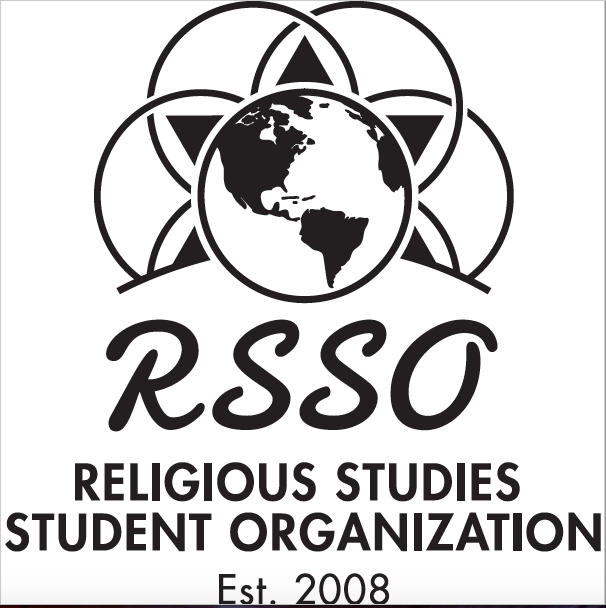Location
Dining Room
Start Date
14-4-2018 11:00 AM
End Date
14-4-2018 12:00 PM
Abstract
By comparing the Norse God, Thor, and the Celtic Goddess, The Morrigan, we see the similarities and differences in Celtic and Norse cultures through their practices in worshipping these main deities in their pantheons. Thor, the well-known Norse God of Thunder, held many roles in Norse culture such as the God of War for those who were sent into battle and was seen as a protector of the common people as opposed to his father Odin, who was seen as the God of the noble class. On the other hand, in the role of God of Thunder, Thor is also seen as a God of Fertility amongst those who worshipped him. His hammer, Mjollnir, was seen as a “fertility-giving symbol” . Thor and his hammer served the people through the consecration of marriages , and blessings of newborns, farm fields, and building sites.The Celtic Goddess, The Morrigan, was the Goddess of Death for the Celtic peoples of Ireland. She is a member of the Morrigna, a trio of sister Goddesses, along with Badb and Macha, who serve as fertility Goddesses in contrast to the Morrigan. She was responsible for the transporting of Irish people to their place in the afterlife after their time on Earth had come to an end. She was also known as a Goddess of War and Fate, often appearing to warriors as a crow, which revealed their impending fate in the battle to come. She is often referred to as “The Great Queen”, and is believed to lead the spirits of the dead out of caves on Samain (Hallowe’en).Unlike the Norse God Thor, The Morrigan represents the afterlife rather than life on Earth for the Celtic People. We argue that through the symbolism of their respective Pantheons, these differences show what these cultures valued most; life or death. In the case of the Norse, Thor represents a culture of family and agricultural fertility enjoyed by all of the Norsemen who worshipped him. On the other hand, for the Celtic peoples, The Morrigan represents war, fate, and death, emphasizing the importance the Celtic people placed on the afterlife rather than their lives on Earth. In comparison, we see that both cultures revere these deities as one of their greatest protectors throughout life and the afterlife.
Celtic and Norse Cultures Interpreted Through Their Beliefs in Thor and the Morrígan
Dining Room
By comparing the Norse God, Thor, and the Celtic Goddess, The Morrigan, we see the similarities and differences in Celtic and Norse cultures through their practices in worshipping these main deities in their pantheons. Thor, the well-known Norse God of Thunder, held many roles in Norse culture such as the God of War for those who were sent into battle and was seen as a protector of the common people as opposed to his father Odin, who was seen as the God of the noble class. On the other hand, in the role of God of Thunder, Thor is also seen as a God of Fertility amongst those who worshipped him. His hammer, Mjollnir, was seen as a “fertility-giving symbol” . Thor and his hammer served the people through the consecration of marriages , and blessings of newborns, farm fields, and building sites.The Celtic Goddess, The Morrigan, was the Goddess of Death for the Celtic peoples of Ireland. She is a member of the Morrigna, a trio of sister Goddesses, along with Badb and Macha, who serve as fertility Goddesses in contrast to the Morrigan. She was responsible for the transporting of Irish people to their place in the afterlife after their time on Earth had come to an end. She was also known as a Goddess of War and Fate, often appearing to warriors as a crow, which revealed their impending fate in the battle to come. She is often referred to as “The Great Queen”, and is believed to lead the spirits of the dead out of caves on Samain (Hallowe’en).Unlike the Norse God Thor, The Morrigan represents the afterlife rather than life on Earth for the Celtic People. We argue that through the symbolism of their respective Pantheons, these differences show what these cultures valued most; life or death. In the case of the Norse, Thor represents a culture of family and agricultural fertility enjoyed by all of the Norsemen who worshipped him. On the other hand, for the Celtic peoples, The Morrigan represents war, fate, and death, emphasizing the importance the Celtic people placed on the afterlife rather than their lives on Earth. In comparison, we see that both cultures revere these deities as one of their greatest protectors throughout life and the afterlife.

